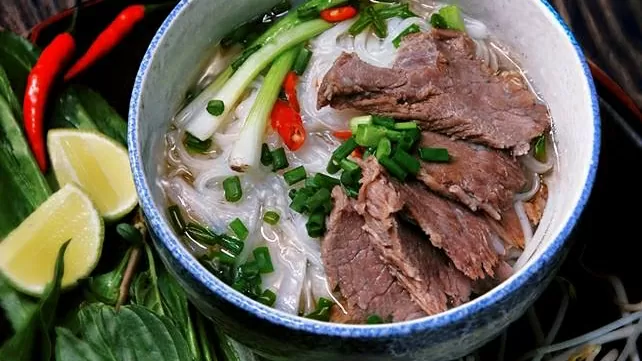 |
| Pho is a familiar breakfast dish of Vietnamese people. (Source: Foodeli) |
Potential harm if eaten improperly
According to Dr. Truong Hong Son, Director of the Vietnam Institute of Applied Medicine, vermicelli, pho and glass noodles are all popular foods but also contain many factors that need to be noted to ensure health.
Vermicelli, pho, and glass noodles are mainly made from white rice, with a few cases using brown rice. White rice is a rich source of carbohydrates, providing energy for the body. Vermicelli and pho contain a fairly high protein content, superior to white rice. In addition, they also provide some vitamins, fats, and fiber.
Nutritionally, a bowl of fresh vermicelli and pho (100g) provides about 110 calories, while dried vermicelli can have up to 130 calories, mainly from carbohydrates. Compared to white rice, vermicelli and pho have fewer calories (100g of white rice provides 242 calories), so they can be a light choice for breakfast.
However, this also needs to be carefully considered in a practical context, when vermicelli and pho are often accompanied by meat, vegetables, and fatty broths, which can easily increase total energy and potentially cause many harmful effects if eaten improperly.
Weight gain due to high calories from broth and side dishes
Although vermicelli and pho have fewer calories than rice, the side dishes that come with vermicelli, such as broth, often contain a lot of fat. Therefore, if you are not careful, you can easily consume more calories than you need, leading to weight gain.
For example, a bowl of chicken noodles can contain up to 635 calories, while a meal with rice, meat, fish, vegetable soup and fruit is only about 450 kcal. Dishes such as Hu Tieu Nam Vang (400 calories), Bun Moc (514 calories) or Pho Bo (413 calories) also contain a large amount of calories.
Chemical additives
One thing to note is that in the process of producing vermicelli and pho, many sellers may use additives such as borax to soften and toughen the vermicelli, or fluorescent (tinopal) to create eye-catching colors for the product. These substances can be harmful if used excessively or improperly.
Notes when eating noodles and pho
To maximize the benefits and minimize the risks from eating noodles and pho, you need to note some important things below:
Combine with meat, fish and vegetables : To ensure adequate nutrition, you should combine vermicelli and pho with meat, fish, seafood and vegetables, helping to balance your diet and supplement essential nutrients such as protein, vitamins and fiber.
Eat slowly, chew thoroughly: Vermicelli and pho are dishes that contain a lot of water, which can easily lead to the habit of eating quickly and not chewing thoroughly. However, eating too quickly will cause food to not be fully digested in the mouth, causing harm to the stomach lining and increasing the burden on the digestive system.
Limit fatty broths: Fatty broths, especially broths made from fatty meats, will increase the amount of calories and unhealthy fats. You should request less or no fat added to the broth when eating pho, vermicelli, or glass noodles.
Choose noodles and pho with natural color: Noodles and pho with natural color are usually slightly opaque, easy to break, and feel a bit sticky and soft to the touch. Avoid choosing noodles and pho that are too white and shiny because they may contain unsafe additives.
People with digestive problems should be careful: People with stomach and intestinal diseases such as stomach ulcers, reflux or digestive disorders should limit eating vermicelli and pho because these dishes can increase the burden on the digestive system.
Source: https://baoquocte.vn/an-sang-bang-bun-pho-can-luu-y-dieu-gi-334435.html






![[Photo] General Secretary To Lam receives Vice President of Luxshare-ICT Group (China)](https://vphoto.vietnam.vn/thumb/1200x675/vietnam/resource/IMAGE/2025/11/15/1763211137119_a1-bnd-7809-8939-jpg.webp)
![[Photo] Prime Minister Pham Minh Chinh meets with representatives of outstanding teachers](https://vphoto.vietnam.vn/thumb/1200x675/vietnam/resource/IMAGE/2025/11/15/1763215934276_dsc-0578-jpg.webp)










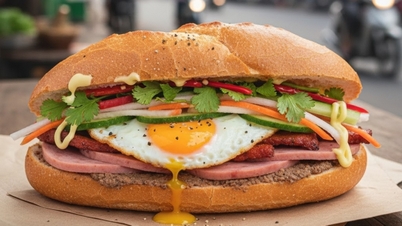


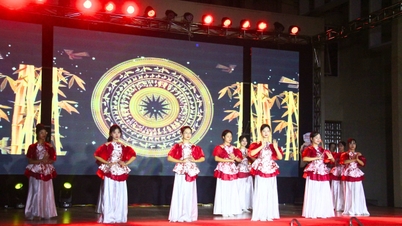

























































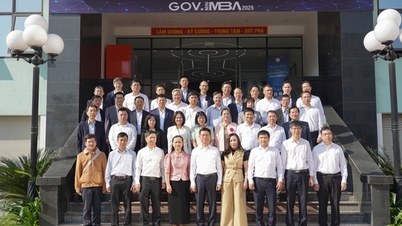










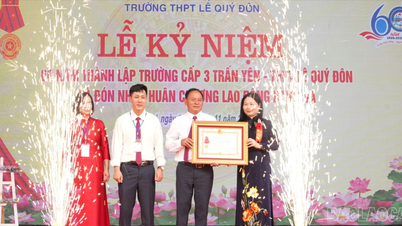

















Comment (0)